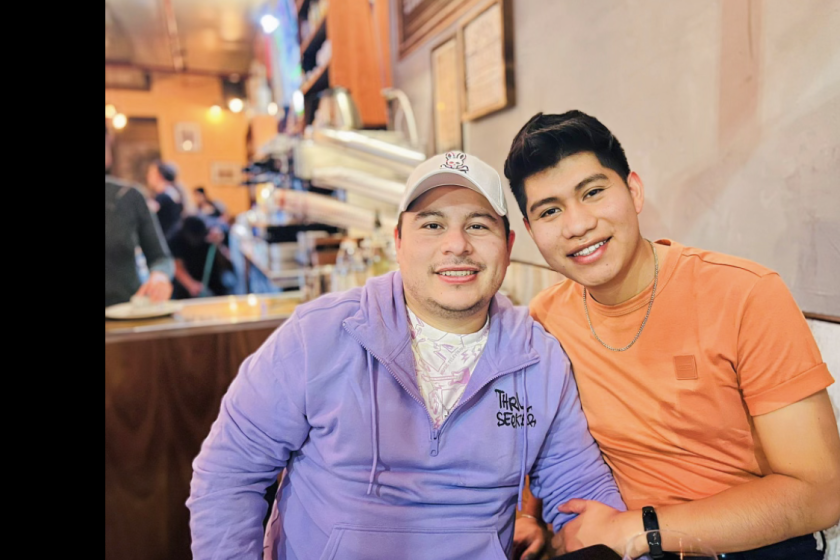LatAm undervalues its archaeological heritage, expert says
Latin America undervalues its vast archaeological heritage, despite efforts over the past few decades to preserve and project the value of this treasure, Peruvian archaeologist Walter Alva told EFE during an interview in the Panamanian capital.
“The archaeological heritage of Latin America is still undervalued. We’ve got a long way to go. There’s neither the funding nor the will” to do what’s needed, said the discoverer of the Señor of Sipan, one of the great archaeological finds of the 20th century, compared at the time with the tomb of Pharaoh Tutankhamun in Egypt.
Culture, the scientist said, is always “last on the list” of government budget allocations because Latin American leaders are “focused” on economic policies and never understand the importance of “knowing the past to avoid repeating the same mistakes in the future.”
“Culture makes a people great and carves out their identity. Cultured people know how to react, think and take much more intelligent decisions than what we’re seeing today,” added Alva, who is also director of the Royal Tombs of Sipan Museum in Lambayeque, Peru.
Alva is in Panama to inaugurate the expo “Sipan: Mystery and Splendor in North Peru,” a display of the treasure discovered in 1987 and which provides a greater understanding of the Moche culture, a pre-Columbian civilization that flourished in northern Peru between the 2nd and 7th centuries.
“The Señor of Sipan was a ruler of ancient Peru, a kind of demigod who was buried in a wooden sarcophagus. He was found intact and was the first burial of this kind discovered in the Americas,” the archaeologist said.
The warrior-priest was entombed together with some of his closest subjects, and with all his riches because the belief existed that he would therefore be able to enjoy for all eternity what he had enjoyed in life.
Found in the tomb were more than 600 pieces of gold, silver, copper and precious stones, as well as ceramic and wooden sculptures of unimaginable value.
Alva, 67, also recalled during the interview with EFE the “pitiless” sacking Latin America suffered over decades thanks to the greedy appetite of private collectors.
In his opinion, the campaigns undertaken in recent times by international organizations like UNESCO have been beneficial and have helped raise awareness that “it’s neither right nor cultured to collect objects of ancient art because it makes them nothing but the trophies of a looting.”
“For collectors they are works of art, but for us they are part of our history and they document our identity. The drama is not just the stealing of an object but the destruction of a context. It’s like ripping pages out of a book,” he said.
For Alva, the plight of ancient heritage varies greatly from one country to another. While Mexico and Peru have managed to make its treasures into a great tourist attraction, in Central America “there is still much to discover, preserve and give its true value.”
He said there are reasons to feel optimistic and to think that a new respect is arising for Latin America’s pre-Columbian heritage: more and more universities offer archaeological studies, and jobs exist for graduates of those programs.
“In recent years a very interesting Latin American archaeology has come to the fore. Some 50 years ago we Latin Americans looked on with admiration at the way people from the great powers came to discover our countries with a kind of scientific colonialism. Not anymore, now we are the ones discovering our own history,” he said.



